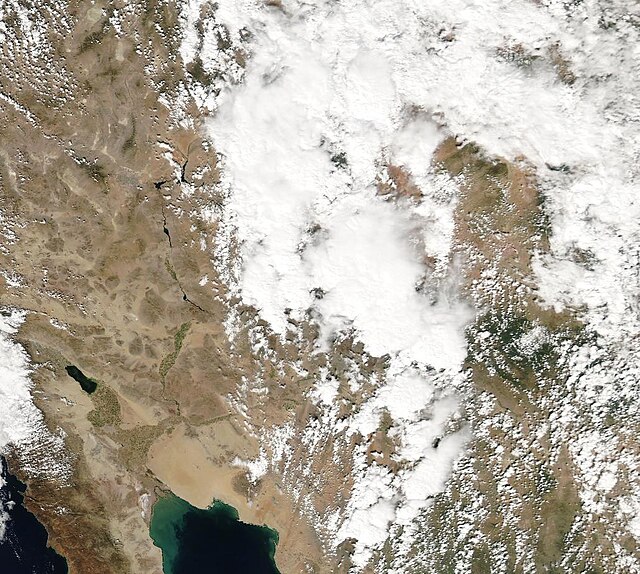Tornado outbreak sequence of May 1896
The tornado outbreak sequence of May 1896 was a series of violent and deadly tornado outbreaks that struck much of the Central and Southern United States from May 15 to 28, 1896. It is considered one of the worst tornado outbreak sequences on record with tornado expert Tom Grazulis stating that the week of May 24–28 was "perhaps the most violent single week of tornado activity in United States history". There were four particularly notable tornado outbreaks during the two-week period. It produced three F5 tornadoes as well as the third deadliest tornado ever in United States history. A total of at least 484 people were killed during the entire outbreak sequence by at least 38 different tornadoes which struck Texas, Oklahoma, Kansas, Nebraska, Kentucky, Iowa, Illinois, Michigan, Missouri, Pennsylvania, New Jersey and Maryland.
Damage from the St. Louis-East St. Louis Tornado.
A tornado outbreak is the occurrence of multiple tornadoes spawned by the same synoptic scale weather system. The number of tornadoes required to qualify as an outbreak typically are at least six to ten, with at least two rotational locations or at least two supercells producing multiple tornadoes.
Dozens of supercells over Northern Arizona that caused a tornado outbreak on October 6, 2010


